Here at Innova Primary Care, we treat patients over the lifespan. We believe in health across many metrics including physical, mental, spiritual, and emotional. No matter your age, we are here to serve you. Staying active is one of the best things you can do for your health, no matter how old you are. Exercise helps keep our bodies and minds strong, improves mood, and can even help us live longer. But the kind of exercise you do can change as you go through different stages of life. Let’s break it down into simple steps that anyone can follow, whether you’re a child, a teenager, an adult, or enjoying your golden years!
Why Is Staying Active Important?
Before diving into age-specific advice, it’s essential to understand why staying active is so important. Regular exercise helps:
- Boost your mood: Exercise releases endorphins, the feel-good chemicals in your brain. It really is vital for your emotional health!
- Improve physical health: It strengthens muscles, bones, and joints, keeping your body strong.
- Maintain a healthy weight: Physical activity helps burn calories and manage weight.
- Support brain health: Exercise improves memory and cognitive function.
- Reduce the risk of chronic diseases: It helps prevent heart disease, diabetes, and certain cancers.
With these benefits in mind, let’s look at how you can stay active at every age.
For Kids: Fun and Playful Activities
Children are naturally active, and it’s important to encourage them to keep moving. Kids need at least 60 minutes of physical activity every day, but the good news is that it doesn’t have to be all at once! Activities can be broken into shorter periods throughout the day.
Great Activities for Kids:
- Playground time: Climbing, swinging, and running are great for strength and cardiovascular health.
- Sports: Soccer, basketball, swimming, and other team sports help kids stay active and learn teamwork.
- Dancing: Whether it’s in a class or just in the living room, dancing is a fun way for kids to move.
- Biking: Riding a bike is excellent for cardiovascular fitness and leg strength.
Tips for Parents:
- Make physical activity a family affair! Go for walks, play catch, or have a dance party together. You don’t have to have a “family workout” to benefit from physical activity for your crew. Simply playing together can do wonders.
- Limit screen time to ensure kids have plenty of time to be active.
- Encourage kids to try different activities to find what they enjoy most.
For Teenagers: Building Habits for a Lifetime
Teenagers often have busy schedules, but finding time to stay active is crucial. Regular exercise can help with stress management, self-esteem, and academic performance. Teenagers should aim for at least 60 minutes of moderate to vigorous physical activity most days of the week.
Popular Activities for Teens:
- Team sports: Basketball, volleyball, soccer, and more can keep teens moving and social.
- Individual sports: Running, swimming, martial arts, or gymnastics are great choices.
- Strength training: Bodyweight exercises like push-ups, sit-ups, and squats can build muscle.
- Cardio workouts: Activities like jogging, biking, and dancing get the heart pumping.
Tips for Teens:
- Find a workout buddy! Exercising with a friend can make it more enjoyable and keep you motivated.
- Set realistic goals. Start small and gradually increase your activity level.
- Mix it up. Try different sports and activities to keep things interesting.
For Adults: Finding Balance Amidst Responsibilities
As adults, it can be challenging to find time to exercise with work, family, and other responsibilities. However, staying active is crucial for maintaining health and managing stress. Adults should aim for at least 150 minutes of moderate-intensity aerobic activity or 75 minutes of vigorous activity per week. And don’t forget muscle-strengthening activities on two or more days a week. Incorporating strength training into your workouts is vital as we age.
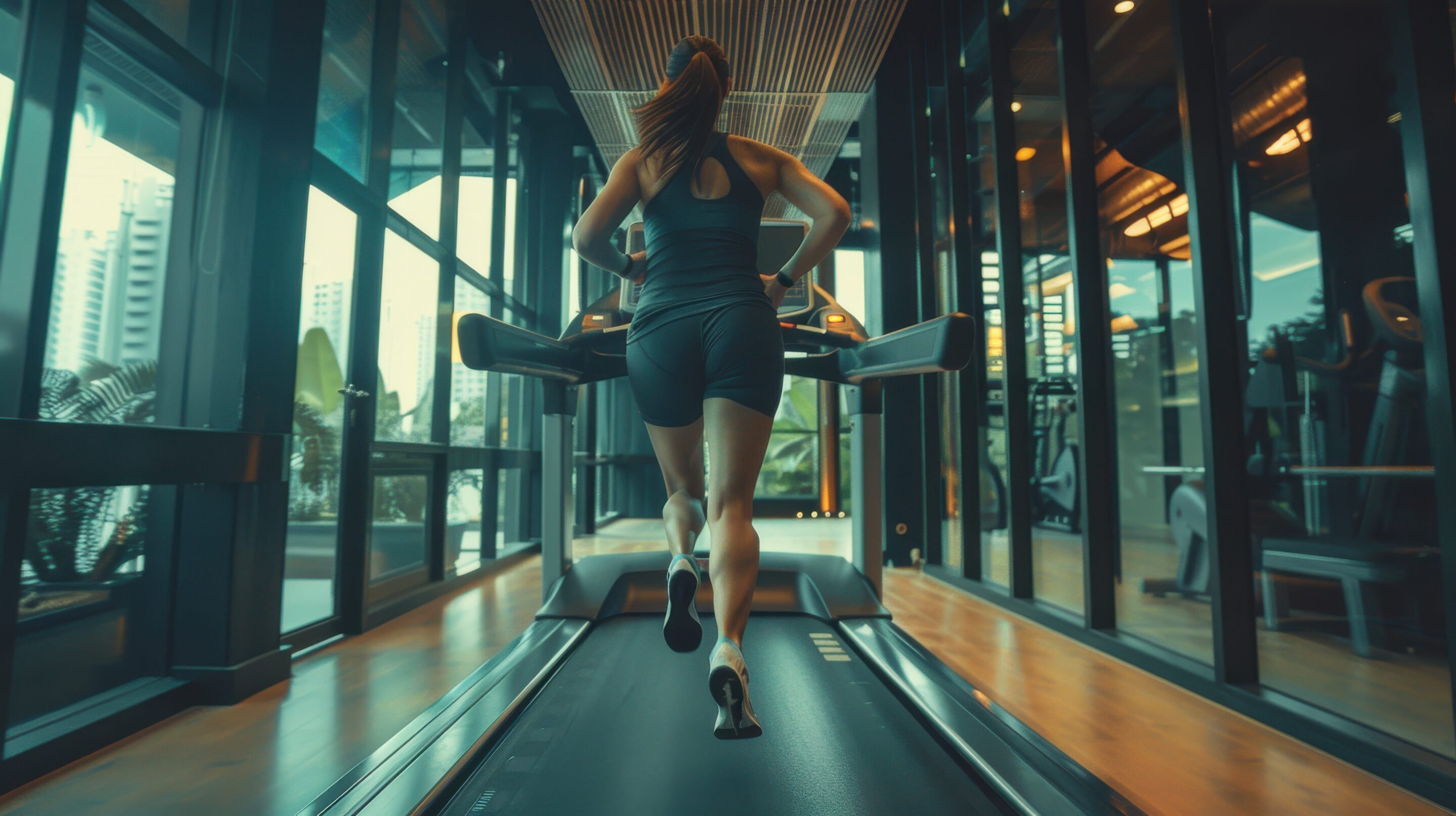
Effective Workouts for Adults:
- Cardio: Brisk walking, running, cycling, and swimming are excellent for heart health.
- Strength training: Lifting weights, using resistance bands, or bodyweight exercises help maintain muscle mass.
- Yoga or Pilates: These activities improve flexibility, core strength, and stress relief.
- Group fitness classes: Zumba, spin, and other group classes can make exercise fun and social.
Tips for Adults:
- Schedule exercise like an appointment. Put it on your calendar to ensure it happens. You schedule everything for your day beforehand, do the same with your exercise time too.
- Find something you enjoy. If you hate running, try dancing or cycling instead.
- Include movement in your daily routine. Take the stairs, park farther away, or go for a walk during lunch.
For the Elderly: Staying Strong and Independent
Staying active as you age is vital for maintaining independence, reducing the risk of falls, and improving quality of life. Older adults should aim for at least 150 minutes of moderate-intensity activity per week, plus activities that improve strength, balance, and flexibility.
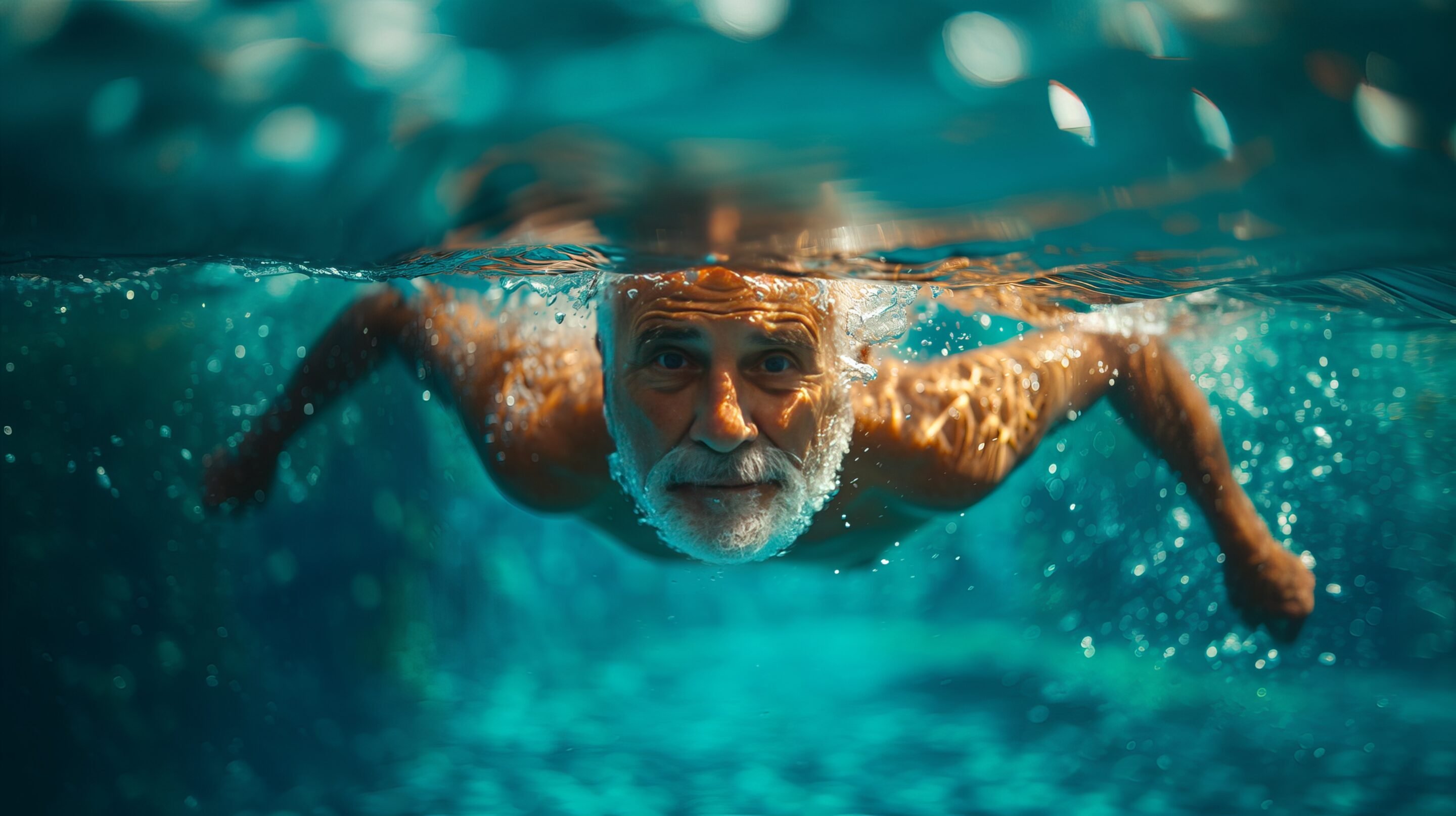
Safe Activities for Older Adults:
- Walking: It’s simple, free, and easy on the joints.
- Strength training: Light weights or resistance bands can help maintain muscle mass.
- Balance exercises: Tai chi, yoga, or simple balance exercises can reduce the risk of falls.
- Water aerobics: This is gentle on the joints and great for cardiovascular health.
Tips for the Elderly:
- Start slow and gradually increase activity levels.
- Choose activities that are safe and enjoyable.
- Stay socially active. Group exercises or walking clubs can provide social interaction and motivation.
- Listen to your body. If something hurts, stop and consult a healthcare provider.
The Importance of Strength Training and Cardiovascular Exercise
Regardless of age, incorporating both strength training and cardiovascular exercise into your routine is crucial. Here’s why:
- Strength training: This helps build and maintain muscle mass, which is vital for metabolism, bone health, and overall strength. It can include weightlifting, bodyweight exercises, or resistance band workouts. Group fitness classes created especially for those in their golden years are a fantastic way to incorporate more activity into your daily life. Not only will you benefit physically, but group fitness is a wonderful way to enhance relationships and your cognition!
- Cardiovascular exercise: Activities like walking, running, biking, or swimming get your heart pumping and improve cardiovascular health. This type of exercise helps improve stamina, burn calories, and reduce the risk of heart disease.
Making Exercise a Lifelong Habit
Staying active isn’t about fitting into a certain clothing size or lifting a specific weight. It’s about feeling good, staying healthy, and enjoying life to the fullest. Here are some final tips to make exercise a lasting part of your life:
- Find your why: Understand why you want to stay active. Is it to feel better, have more energy, or set a good example for your kids? Knowing your reasons can keep you motivated.
- Set realistic goals: Whether it’s walking a certain number of steps a day or lifting a specific weight, set achievable goals to keep you on track. Think SMART here: specific, measurable, attainable, relevant, and time-bound. When you have a specific goal in mind that you can measure and you give yourself a time limit, you can accomplish it realistically!
- Make it enjoyable: Choose activities you love, so exercise doesn’t feel like a chore. Believe it or not, you don’t have to suffer through exercise just to check it off your list. If you don’t like running, don’t run. If you hate high intensity interval training, find something else. The best types of exercise you can do are the ones you actually enjoy. This does not mean it won’t be challenging at times, but it does mean you are more likely to stick with it.
- Be consistent: It’s better to exercise regularly in small amounts than to do a lot occasionally.
- Stay flexible: Your interests and abilities may change over time, so be open to trying new activities.
Conclusion: Move Your Way to a Healthier Life
No matter your age, staying active is one of the best things you can do for your health. It’s never too early or too late to start! Remember, the goal is to keep moving in ways that make you feel good and fit your lifestyle. So, lace up those sneakers, find an activity you enjoy, and make physical activity a priority. Your body and mind will thank you!
Staying active at every age isn’t just about keeping your body in shape; it’s about enhancing your overall well-being and enjoying life to the fullest. So, go out there, move, and have fun! If you are looking for ways to incorporate more physical activity into your day, please reach out to Innova Primary Care. We want to help you find activities that are good for you, mind, body, and soul.

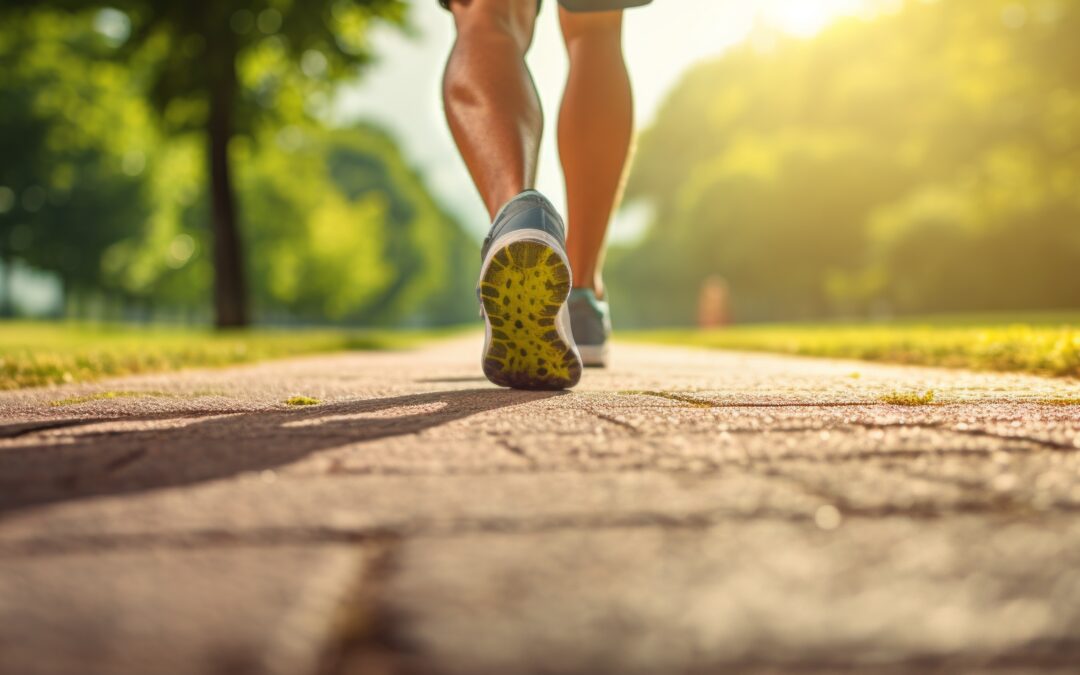

 About
About

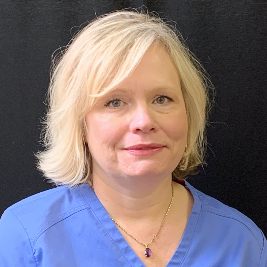 About
About About
About About
About
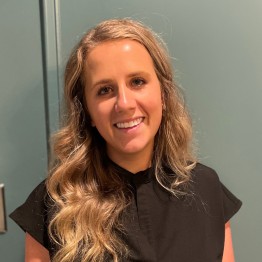 About
About About
About

 About
About About
About About
About About
About











